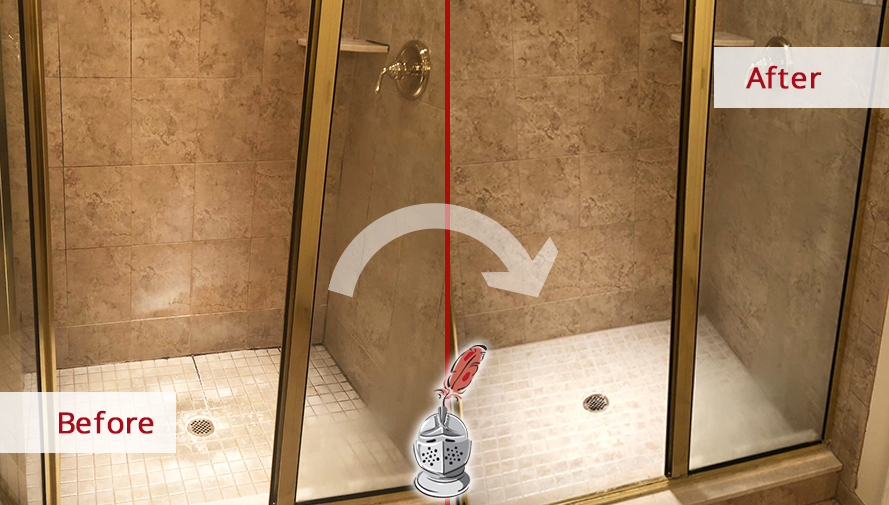Bathroom Water Damage - Ways To Stop This Happening
Visit My WebsiteAre you looking for info about How to Prevent Bathroom Water Damage?

The shower room is very at risk for wet buildup as well as possible water damages as a result of the constant use water in it. This post supplies straightforward inspection techniques to help detecting water damages threats.
The constant use water in the shower room makes it very prone for damp build-up and potential water damages. By evaluating it regularly, you can lower water relevant damages.
The following set of inspections is easy to carry out and ought to be done once in every three months in order to keep your bathroom in good shape and to stop potential water problems brought on by the bath tub, the shower, pipeline joints and also plumbing, sinks, closets, and the toilet
Do not neglect performing these inspections and be detailed while executing them. Remember that these easy inspections can conserve you a great deal of money by offering early signs for water damages
Sinks and Cabinets
Sinks and cupboards are exposed to dampness as well as moisture day-to-day as well as are often forgotten. Check routinely under the sink and also on the kitchen counter above it. Fix any type of drip in the trap as it might recommend drain troubles. Check out the sink, slow draining pipes might suggest a blocked drainpipe. Change sink seals if they are broken or loosened.
Bath tub as well as Shower
The shower and bath tub need special focus as well as maintenance. Examine the ceramic tiles as well as change if split. Make sure that there is no missing grout between the floor tiles. Examine and change broken caulking at joints where the walls fulfill the floor or the bath tub. Blocked drains pipes and also pipes issues will prevent the tub from drying as well as may suggest significant problems underneath the bathtub. Speak with an expert quickly to prevent architectural damage. Focus on stainings or soft locations around the bathtub wall surfaces as they may suggest an inner leak.
Plumbing
Signs for water damage are tough to spot considering that the majority of pipes are mounted inside the walls.
Pay unique attention to flooring and also walls dampness and also stains as they might show an unnoticeable plumbing issue. Examine moisture levels in adjacent areas as well.
The Bathroom
The commode is a vulnerable water junction. Inspect the water lines and also search for leaks around the bathroom seat, in the tube, and under the water tank. If you discover any kind of signs of moisture on the floor around the bathroom, look for leakages in the toilet rim as well as storage tank seals.
Realize that hanging commode bowl deodorants enhances the chances for blockages.
How to Prevent Water Damage in Your Bathroom?
Water damage repair is an expensive, meticulous, and lengthy process. Unfortunately, bathrooms are the most susceptible rooms to water damage due to toilets, showers, and sinks. Pipes and fixtures wear out over time and are not immune to damage. But all is not lost, as there are ways to prevent water damage from occurring in your bathroom.
Check Your Plumbing
Nothing lasts forever, especially pipes, which can rust and begin leaking over time. You should periodically conduct pipe inspections and pay attention for any musty smells or water stains that may indicate you need water damage repair. Here are some things to check:
Frequently test valves for your toilet, shower, and sink to ensure they are properly working. Check faucet supply lines hidden under vanities and replace when needed. Replace cracked or deteriorating caulking along sinks, tubs, and showers. If you notice a clog in your sink, call in a professional. Since you can’t check the pipes in the wall, keep an eye out for stains, drywall bubbling, musty smells, and excess moisture; if the bathroom is on a second level, check the ceiling of the room directly below for these signs. Don’t Overwork Your Toilet
One of the most common reasons bathrooms need water damage repair is due to overflowing toilets. Save yourself the hassle of cleanup by being mindful and not pushing your toilet to extreme limits. If you have young children, it is especially important to keep an eye on them when they are in the bathroom and to teach them how to avoid clogging the toilet. Here are some more tips to help prevent your toilet from overflowing:
If you have a septic tank, only use septic-safe toilet paper Do not flush anything down the toilet besides toilet paper; items like diapers and sanitary napkins will clog the piping Pay attention to your toilet’s water level: If it’s low, it could mean it is partially clogged or that there is a crack in the toilet bowl Maintain Your Shower/Tub
Replace showers or tubs with cracks or other damage; even hairline cracks can allow water to seep in and cause damage. Grout and caulk help prevent water from seeping into walls and floors, so repair them if they are chipped, cracked, or deteriorating. Replace torn shower curtains or shower doors with seals that no longer work. Dry the floor and drain water from the tub immediately after use to prevent damage from sitting water. https://www.alure.com/home-improvements-blog/resources/how-to-prevent-water-damage-in-your-bathroom

I hope you enjoyed reading our piece on How to Fix a Water Damage Bathroom. Thanks so much for spending some time to read our post. Those who enjoyed our blog posting plz be sure to share it. Thanks for your time. Kindly visit our website back soon.
Request An Appointment